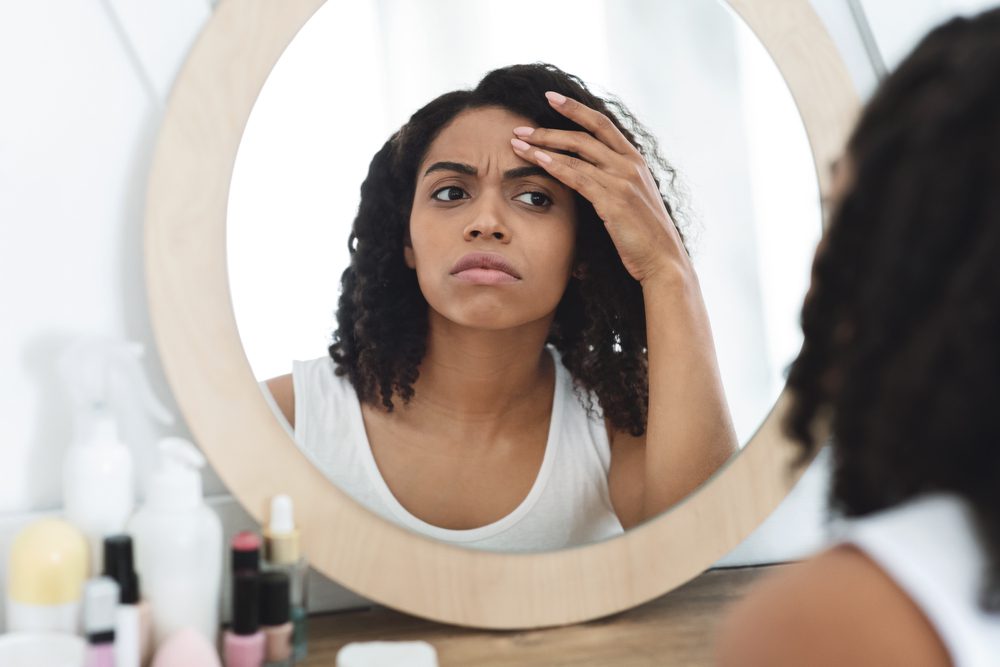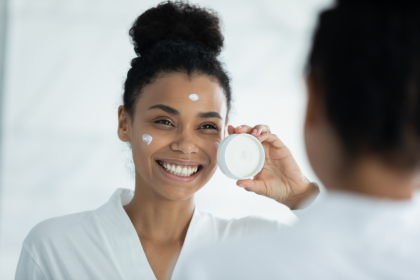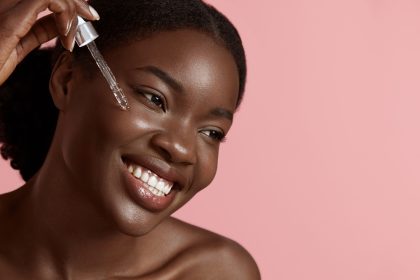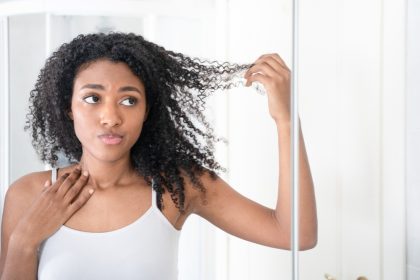You obsess over forehead wrinkles and nasolabial folds while completely ignoring the subtle changes happening to your eyelids – the delicate skin that’s actually aging faster than anywhere else on your face. The upper and lower eyelids show the first signs of collagen breakdown, sun damage, and volume loss, often beginning in your twenties but going unnoticed until the changes become dramatic.
The skin on your eyelids is the thinnest on your entire body, making it especially vulnerable to environmental damage and the natural aging process. While you’re focused on crow’s feet and under-eye bags, the eyelid skin itself is quietly developing texture changes, discoloration, and laxity that can add years to your appearance.
Ultra-thin skin lacks protective structure
Eyelid skin is roughly 10 times thinner than the skin on your cheeks, with minimal fat padding and fewer oil glands to provide natural protection and moisture. This delicate structure makes eyelids extremely susceptible to damage from UV radiation, pollution, makeup removal, and daily facial expressions.
The constant movement from blinking, squinting, and facial expressions creates repetitive stress on eyelid skin that contributes to premature breakdown of collagen and elastin fibers. Unlike thicker facial skin that can better withstand this mechanical stress, eyelid skin shows wear patterns much earlier.
The minimal subcutaneous fat in the eyelid area means there’s little cushioning to protect against external damage or internal structural changes. When collagen production begins to decline in your late twenties, the effects become visible on eyelids long before they’re apparent on other facial areas.
Sun damage appears as subtle texture changes
Early sun damage on eyelids often manifests as slight roughness, uneven texture, or barely perceptible changes in skin tone rather than obvious wrinkles or dark spots. These subtle changes are easily overlooked but represent significant damage that will become more pronounced over time.
The upper eyelids are particularly vulnerable to UV damage because they receive direct sun exposure when your eyes are open, yet most people don’t apply sunscreen to this delicate area consistently. This oversight leads to cumulative damage that accelerates aging compared to other facial areas that receive regular sun protection.
Chronic sun exposure also breaks down the already limited elastin in eyelid skin, leading to early skin laxity that makes the eyes appear tired or aged even when you feel energetic and youthful. This loss of elasticity is often the first sign of aging that becomes noticeable to others.
Volume loss creates hollow appearance
The fat pads around the eyes begin to diminish and shift as early as your late twenties, creating subtle hollowing and shadowing that makes eyelids appear aged even when the skin itself is still relatively smooth. This volume loss is often mistaken for tiredness rather than recognized as early aging.
Bone remodeling around the eye socket also contributes to changes in eyelid appearance over time. As the orbital rim gradually changes shape with age, it affects how eyelid skin drapes and can create premature hooding or sagging that seems to appear overnight.
The loss of facial fat padding in areas adjacent to the eyes affects how light reflects off the eyelid area, creating shadows and depth changes that can make eyes appear smaller or more deeply set even without obvious wrinkles or skin damage.
Environmental factors accelerate eyelid aging
Makeup removal practices often involve harsh rubbing and tugging on delicate eyelid skin, creating mechanical damage that accumulates over years of daily routines. Many people use the same aggressive cleansing techniques on their eyelids as they do on the rest of their face, not realizing this area requires gentler treatment.
Air pollution and environmental toxins disproportionately affect eyelid skin because of its thinness and high exposure to airborne particles. The lack of protective barriers makes eyelids particularly susceptible to oxidative damage from environmental stressors.
Sleeping positions can also affect eyelid aging, particularly for side sleepers who compress one side of their face against pillows night after night. This chronic pressure can contribute to asymmetrical aging patterns and accelerated skin changes on the more compressed side.
Targeted prevention requires gentle intervention
Use dedicated eye makeup removers that don’t require harsh rubbing or pulling on delicate eyelid skin. Oil-based cleansers can dissolve makeup effectively while nourishing the thin skin rather than stripping its natural protective barriers.
Apply broad-spectrum sunscreen specifically formulated for the delicate eye area daily, including the upper eyelids that are often forgotten in regular sun protection routines. Look for zinc oxide or titanium dioxide formulations that won’t irritate sensitive eyelid skin.
Consider retinoids specifically designed for the eye area to support collagen production and cellular turnover, but start with very low concentrations and gradually increase tolerance. The thin eyelid skin requires much gentler treatment than other facial areas.
Sleep on your back when possible to avoid chronic compression of eyelid skin against pillows, and use silk or satin pillowcases that create less friction than cotton fabrics when side sleeping is unavoidable.
Pay attention to early changes in eyelid texture, tone, and appearance rather than waiting for obvious signs of aging to become apparent. Early intervention with gentle, targeted treatments can slow the aging process significantly compared to trying to reverse advanced changes later.













